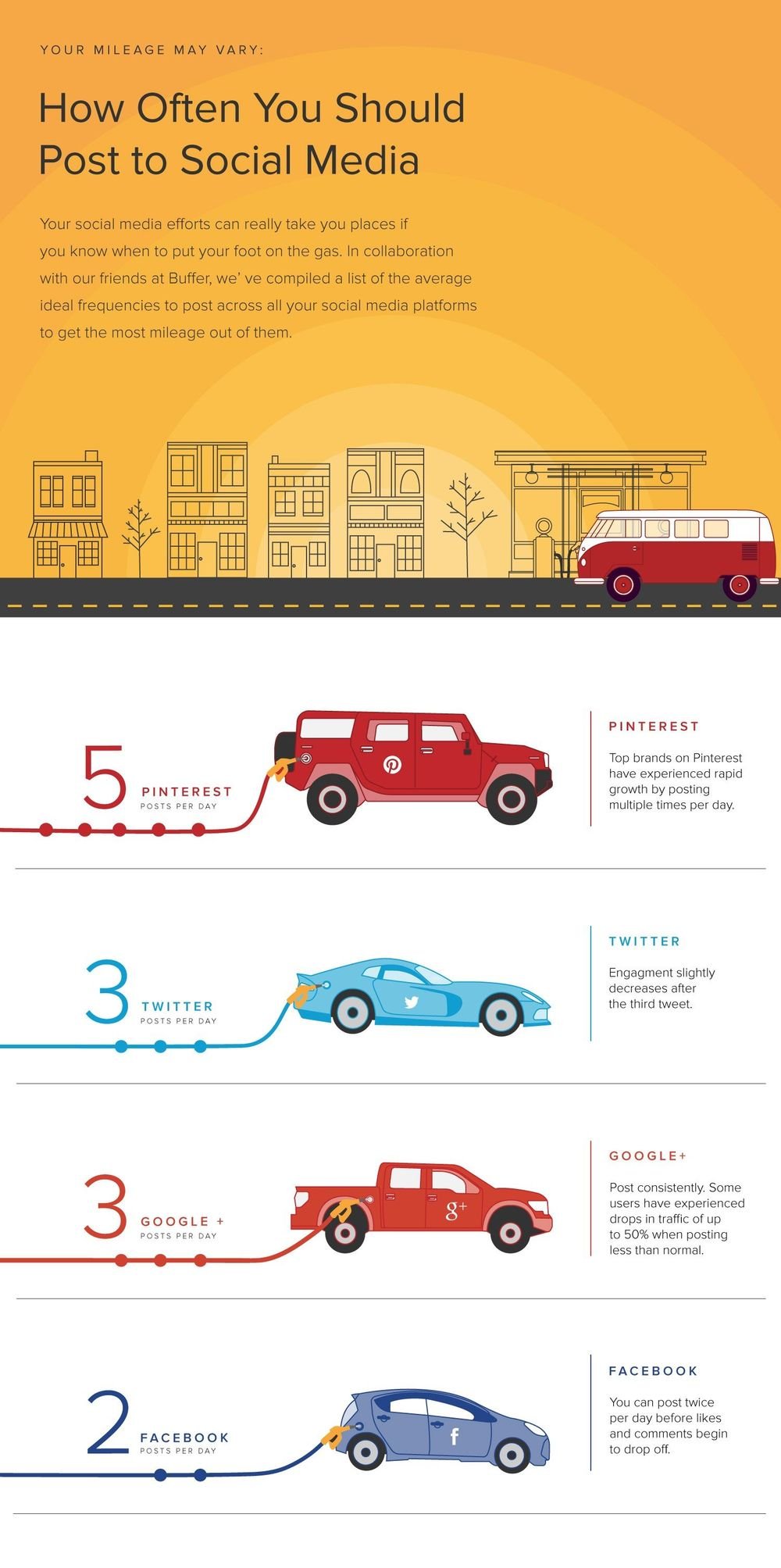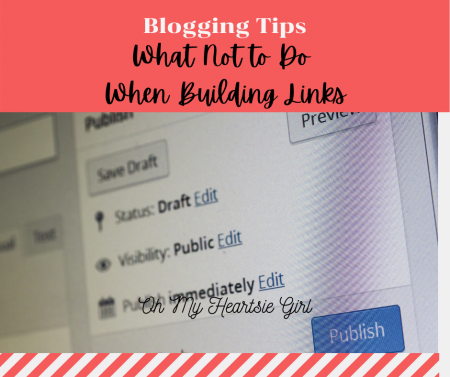First a brief history of posters and when they all started:
The birth of posters were created with Lithographics between 1890-1895 but were slow to create and it was decades before poster creations.
In the 1950’s there was an interest where illustrative posters were developed. The poster referred to “broadsides” was one of the earliest forms of advertising, for visual communication. They became forms of notification of events and posted on walls and in public places.
In the 70’s posters were created for music artists and some have become very rare over the years, that are a part of “Art Nouveau”. You probably remember seeing posters on theaters for coming attractions.

Obviously, posters capture an audience, bright colors and graphics. Now jumping forward why and how posters are in use today.
Companies use posters in so many ways and from turning posters into flyers and for advertising literature. There are so many reasons why you would want to create a poster for yourself. Maybe you already do and really didn’t realize you were part of history today.
Here are a few ideas of how making posters can be used:
1. Advertisements – Marketing – Branding
2. Poster for Blogging, i.e., Pinterest users are huge creators for posters, Twitter and Instagram in smaller versions
3. Wall Art for homes and offices
4. Digital Signage
5. Zoom Background
6. Web Banners
7. Recipes
8. Teaching Aids
9. Resumes
10.

Today creating a poster is so much easier now than when they first banner created, and can be created and used for advertising and marketing purposes or you can create them for your family events. I used to make them using Publisher or PowerPoint programs Poster making programs are very popular and you dont have to go to school to learn how to make them.
On Poster My Wall you can literally find 1000’s of templates to use to create any size poster for personal, business, parties, events and any kind of announcement you can think of including any social media account in a multitude of sizes from templates. When customizing, you will find 1000’s of graphics.
Use Poster Wall to create your next banner/poster for holidays, i.e., Valentines, Birthdays, etc.
They Offer Free social media downloads
Free social media downloads
275,000+ templates
1 million+ stock images, video clips and clipart
Unlimited downloads of social media sizes
Easy to use online editor
So Get Started Make Your First Banner
You can use premade templates to get started and customize in the online poster maker It is one of the best online poster creation programs to try.
 To effectively compete in today’s legal market, you need to adapt the current digital marketing strategies. One of the best techniques for all law firms is blogging, which gives a firm the platform to showcase their legal knowledge. Most people think that having a website for your business is enough; however, through a blog, you can really demonstrate your expertise as an attorney.
To effectively compete in today’s legal market, you need to adapt the current digital marketing strategies. One of the best techniques for all law firms is blogging, which gives a firm the platform to showcase their legal knowledge. Most people think that having a website for your business is enough; however, through a blog, you can really demonstrate your expertise as an attorney. Twitter – 3 times per day, or more
Twitter – 3 times per day, or more
 Link building is a widely used strategy in digital marketing, and most companies make use of it as a means to increase traffic to their website. The way you build links can determine how many people see your website, and this is why you need to be very strategic and creative about it. It may seem like an easy task on the surface, but it is very tough to get right.
Link building is a widely used strategy in digital marketing, and most companies make use of it as a means to increase traffic to their website. The way you build links can determine how many people see your website, and this is why you need to be very strategic and creative about it. It may seem like an easy task on the surface, but it is very tough to get right.